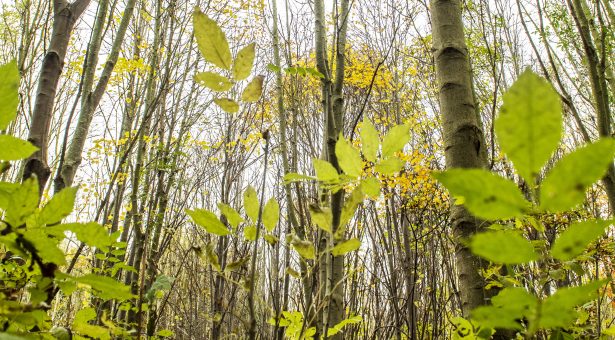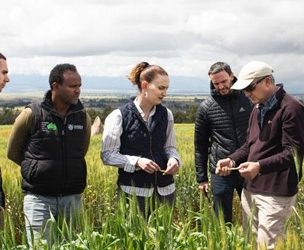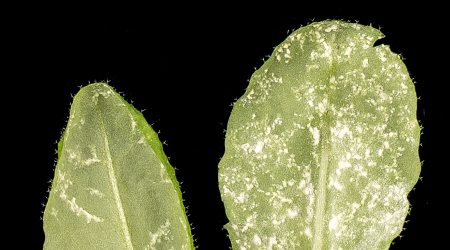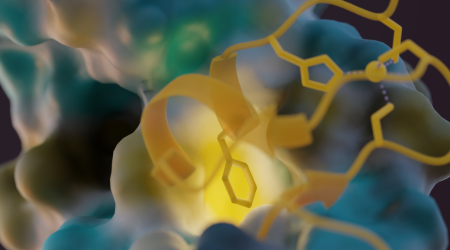Gamers to join ash dieback fight-back

Let scientists keep the lab coat, goggles and pipette. Playing a Facebook game as simple as Candy Crush is enough to take part in active research to help save the ash tree.
In December 2012, scientists from The Sainsbury Laboratory hired Sheffield-based gaming company Team Cooper to develop “Fraxinus”. The game uses real genetic data from the fungus which causes Chalara ash dieback and from the common ash, Fraxinus excelsior.
It involves matching and rearranging patterns of coloured leaf shapes which represent “nucleotides” – the letters that make up a genome sequence. People are better at this than computers alone, because the human eye can recognise patterns that computers miss.
“Each play of the game will contribute a small but useful analysis,” said Dr Dan MacLean from The Sainsbury Laboratory who conceived the idea.
“The more people who play it, the more accurate the results will be for us and the quicker we can generate the information needed to help our woodlands recover from the current epidemic.”
By playing Fraxinus, members of the public will help provide clues about the diversity of the ash dieback fungus, how it causes such devastating disease and what makes some trees naturally less susceptible.
The Chalara and ash tree genomes consist of about 60 million and one billion letters respectively. All the puzzles in the game feature likely trouble spots that the scientists would like investigated to help break down the data. The size of the task makes the contribution of non-specialists invaluable.
“Computer power alone is not the answer to making the most of our data,” said Dr MacLean.
“An awful lot of human expertise and knowledge has to be poured on top and with this game we can start to include the non-specialist.”
Closely matched sequences earn high scores and allow players to claim patterns. If another player uses the same pattern to achieve a higher score, they can steal the pattern and claim it for their own. Each pattern theft helps make the resulting data more accurate.
“It’s good it’s based on a real problem,” said Lucy Cann, a pupil from Wymondham College who helped test the game. “It’s addictive and with this game it’s towards something.”
In recognition of their contributions, top scorers will have their names included in public databases and publications.
“We are excited by the prospect that every player will contribute meaningful data to the open ash dieback project,” said Russell Stearman, lead game developer at Team Cooper.
The sequence data are generated by The Genome Analysis Centre, The Genepool at the University of Edinburgh, and The Sainsbury Laboratory for research into ash dieback led by the John Innes Centre. Results of this research project are made immediately and freely available on the crowdsourcing website OpenAshDieBack.
“The clues generated by members of the public could help us discover the information needed to breed from naturally-resistant individual trees to re-establish our ash woodlands,” said Professor Allan Downie from the John Innes Centre who leads the research collaboration.
“Understanding tree diseases at the genetic level could provide a chance of recovering from this epidemic, as well as other threats to our native populations, in a way that was not available when we experienced Dutch elm disease,” said principal pathologist at Forest Research Dr Joan Webber.
The Facebook game is part of a rapid response to ask dieback funded by the Biotechnology and Biological Sciences Research Council, which includes understanding more about the disease, how it attacks ash trees, finding natural resistance and predicting and mitigating disease progression.



